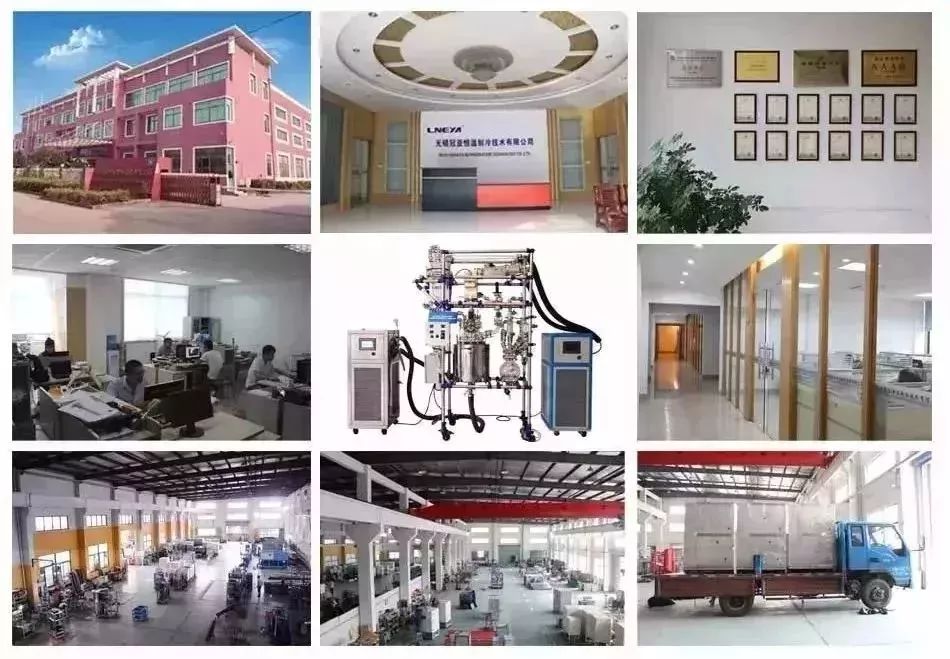The principle of LNEYA chiller
Industrial chillers are commonly used to cool products and machinery for a variety of different applications, including injection molding, tools and die cutting, food and beverage, chemicals, lasers, machine tools, semiconductors and more.
In most process cooling applications, the pumping system circulates cold water or water/glycol solution from the chiller to the process. This cooled fluid removes heat from the process and the warm fluid returns to the cooler. Process water is a means of transferring heat from the process to the cooler.
The process cooler contains a compound called a refrigerant. There are many types of refrigerants and applications depending on the temperature required, but they are all based on the fundamental principle of compression and phase change of the refrigerant from liquid to gas and back to liquid. This process of heating and cooling the refrigerant and changing it from a gas to a liquid and returning again is a refrigeration cycle.

The refrigeration cycle begins with a low pressure liquid/gas mixture entering the evaporator. In the evaporator, heat from the process water or water/glycol solution causes the refrigerant to boil and the refrigerant to change from a low pressure liquid to a low pressure gas. The low pressure gas enters the compressor where it is compressed into a high pressure gas. The high pressure gas enters the condenser, and the ambient air or condenser water removes heat and cools it into a high pressure liquid. The high pressure liquid moves to the expansion valve, controlling the amount of liquid refrigerant entering the evaporator, including restarting the refrigeration cycle.
LNEYA air-cooled cooling equipment uses ambient air to cool and condense hot refrigerant gas back into the liquid. It can be located inside the cooler or can be remotely located outside, but in the end it will block the heat from the cooler to the air. In a water-cooled condenser, water from the cooling tower cools and condenses the refrigerant.
Recomendaciones relacionadas
-
Explosion-proof cryogenic refrigeration unit instructions
1042Explosion-proof cryogenic refrigeration units are used in many industries. When users use them, they need to understand their corresponding usage instructions to avoid improper operation and more efficient operation. The energy consumption of the ...
Ver detalles -
¿Por qué los gases especiales utilizados en los procesos de fabricación de semiconductores requieren refrigeradores?
856Cuando se utilizan gases especiales en los procesos de fabricación de semiconductores, se requiere un enfriador, principalmente por las siguientes razones: 3. Requisitos del proceso: En los procesos de fabricación de semiconductores, como la deposición química de vapor...
Ver detalles -
Industrial grade heating and cooling system placement attention
1243Industrial-grade heating and cooling system Before the power is turned on, check whether the voltage specified on the nameplate is the same as the household voltage. The same can be used to arrange separate power lines and special sockets for the ...
Ver detalles -
Which reactions need temperature control in the process of chemical and pharmaceutical production?
958Precise temperature control plays a crucial role in the reaction process during synthesis/crystallization in the production of chemical and pharmaceutical products. In the field of fine chemicals, many chemical reaction processes and crystallizati...
Ver detalles
 LNEYA Enfriadoras industriales Fabricante Proveedor
LNEYA Enfriadoras industriales Fabricante Proveedor












